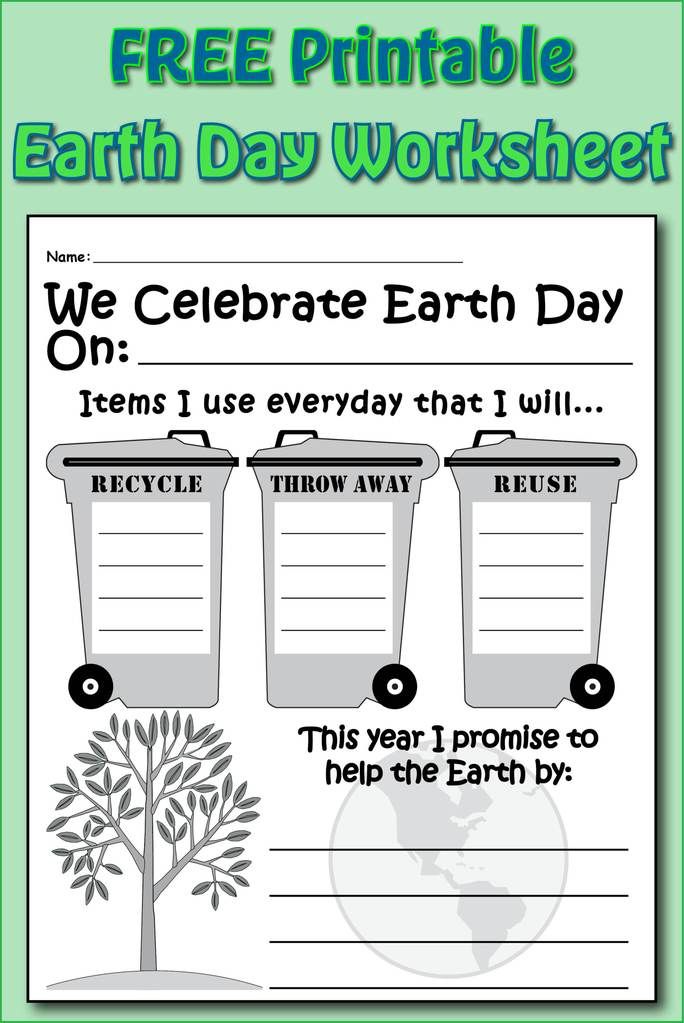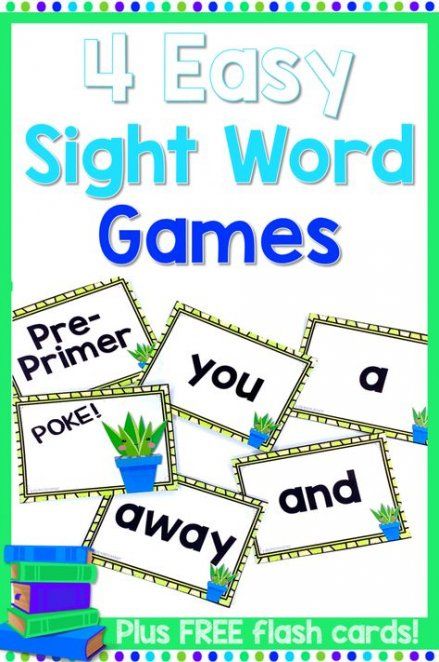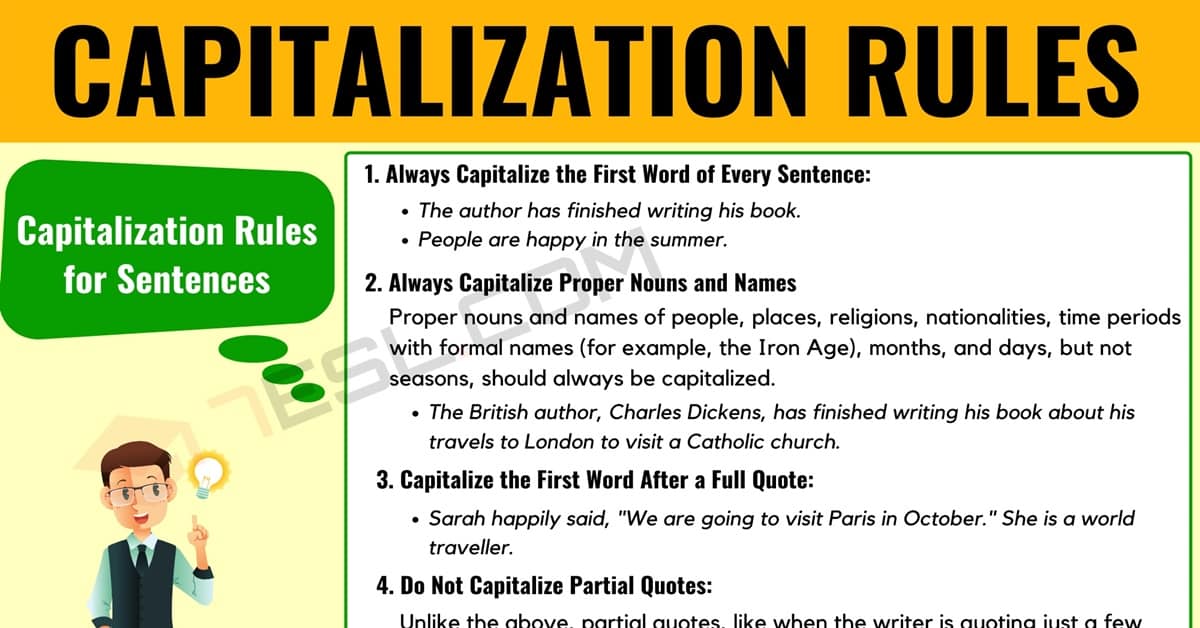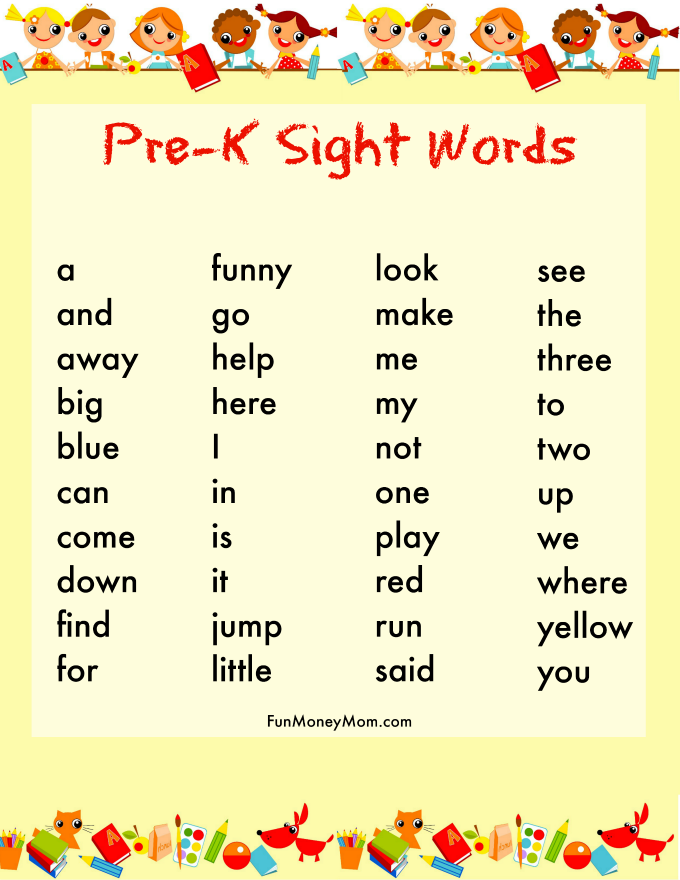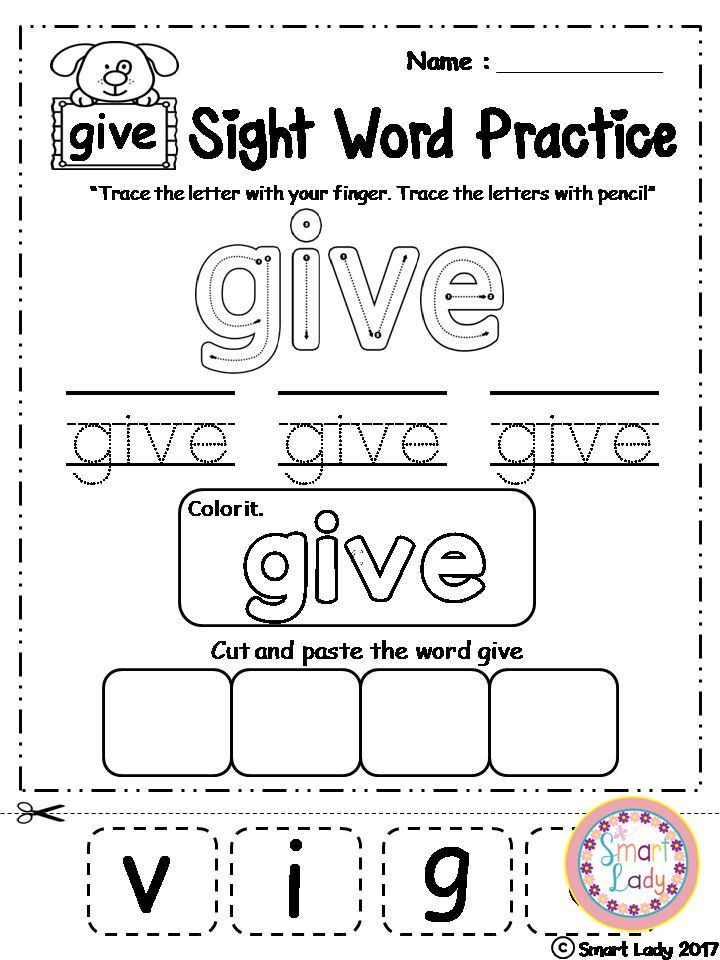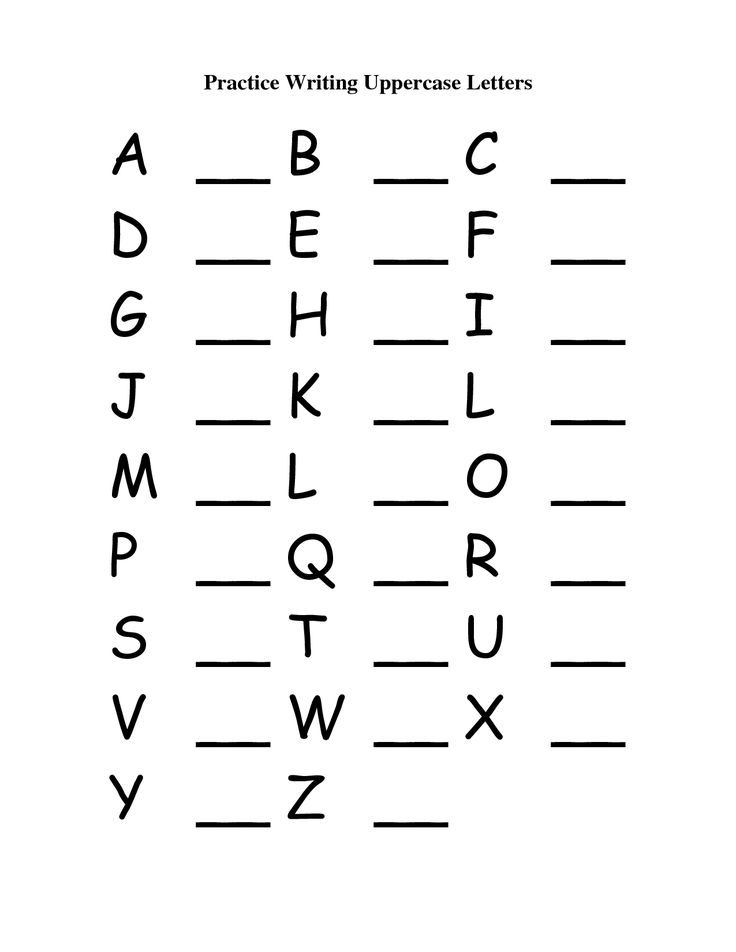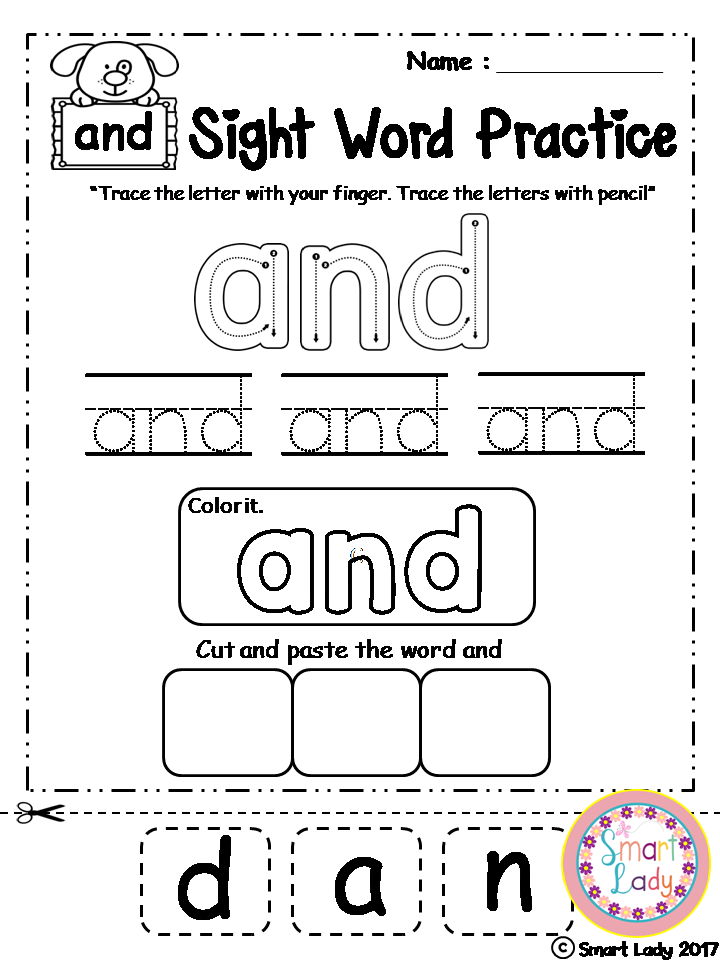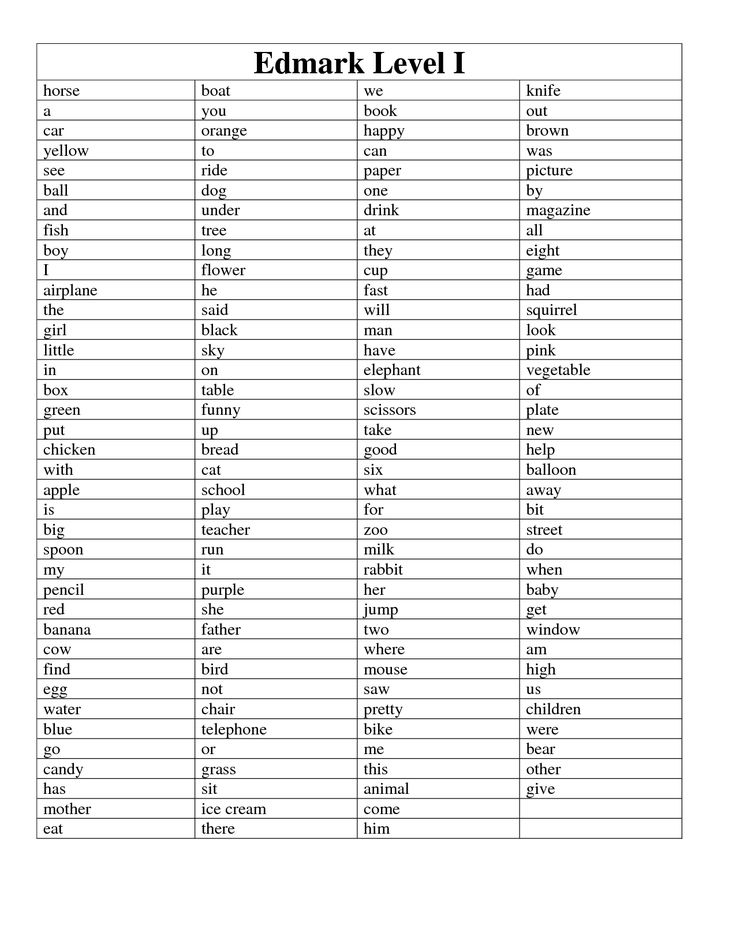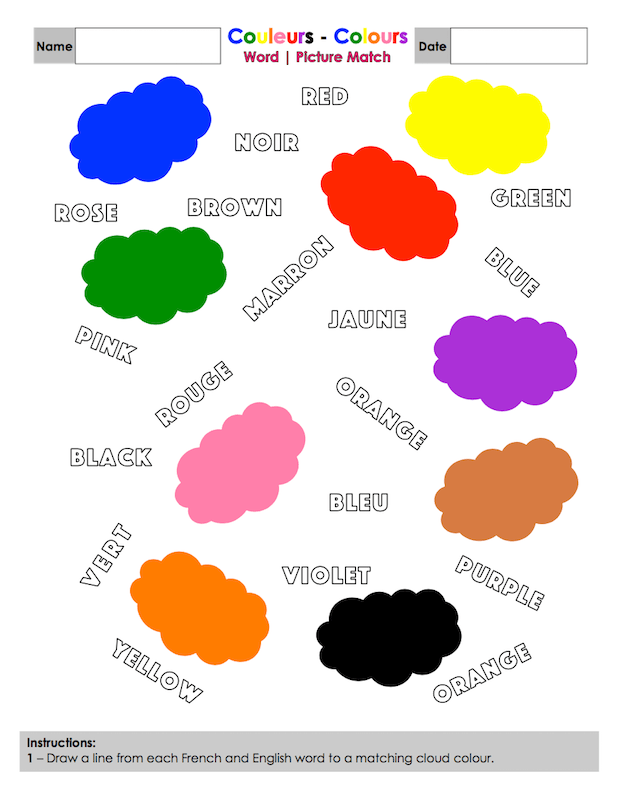Writing activities for home
9 Easy Writing Activities to Do At Home – Lisa Tanner Writing
This post may contain affiliate links. If you click through and make a purchase, I may receive a small commission at no extra cost to you. You can find my full disclosure page here.
Many parents worry about their kids’ writing skills. If you’re looking for ways to improve your kids’ writing, here are nine easy writing activities to do at home.
Writing is important. It’s a lifelong skill that kids will use throughout their school years and beyond. Writing lets you share your thoughts with others and explore new ideas. It’s crucial that your children see themselves as a successful writer.
Unfortunately, may adults tend to make writing unenjoyable for kids. They assign unrealistic tasks that are almost impossible to complete in the time allowed. Or they focus so much on structure and grammar that they take all of the fun out of the creation process.
To help your child keep their writing skills sharp (while they’re having fun), here are nine kid-friendly writing activities to do at home. To make it easier for you to enjoy writing together, each of these activities are:
- Easy to prepare. You won’t be spending hours trying to get ready for the activity.
- Flexible. Feel free to mix and match and change these up to work with your kids.
- Inexpensive. You don’t have to spend loads of money on fancy programs to help your kid like writing.
- Simple. You won’t have to find rare supplies or expensive items to make these work.
Ready to get started? Let’s make writing fun!
1. Pull Out the Writing Prompts
Sometimes, kids get stuck when they’re trying to write. They might not know how to get started with a story. Adults and kids can both struggle with writer’s block.
Writing prompts can help with this. I have a big list of creative writing prompts for kids. You can find them for free in this post:
65 Creative Writing Prompts for Kids
You’ll also need writing supplies. A pen and paper works well. Though your child might want to decorate the paper a it with crayons or colored pencils.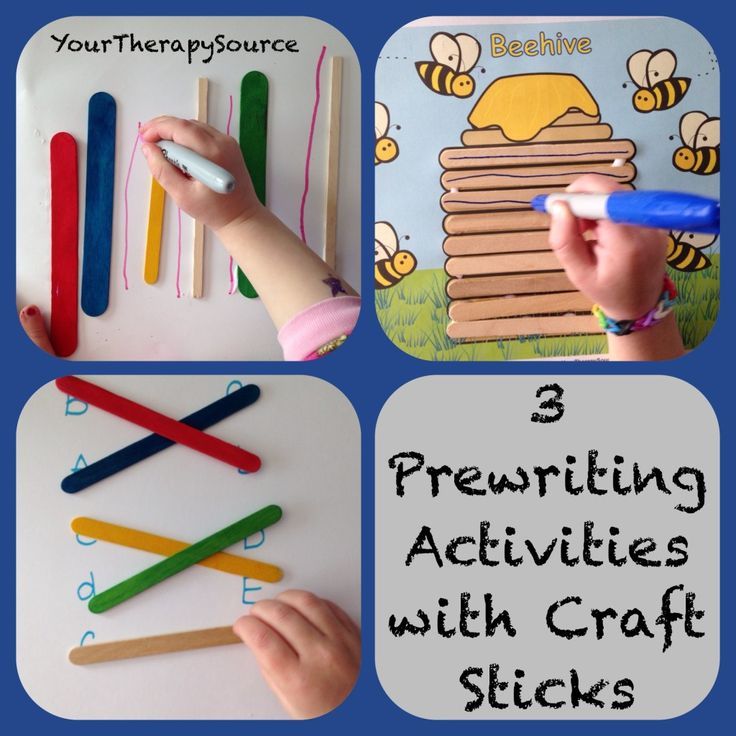 They can also use a computer with a word process if they prefer.
They can also use a computer with a word process if they prefer.
You can use writing prompts several different ways. Here are a few of my favorites:
- Write each prompt on a slip of paper and let your child draw one out randomly.
- Give your child the list and let them select one to work on.
- Write three prompts on a piece of paper. Cut them out and set them in a row. Have your child close their eyes and spin around and around. When they stop, they touch the paper that’s closest to them and use that prompt.
- You pick a prompt for your child and they pick one for you.
Once your child knows what they’re going to write about, I recommend giving them a few minutes to brainstorm. This way they can start formulating their ideas and making a plan for what they want to say. Some kids prefer to do this orally. Others are ready to use a mind map or similar pre-writing activity.
When the planning is done, it’s time to get started. Your child can write an answer.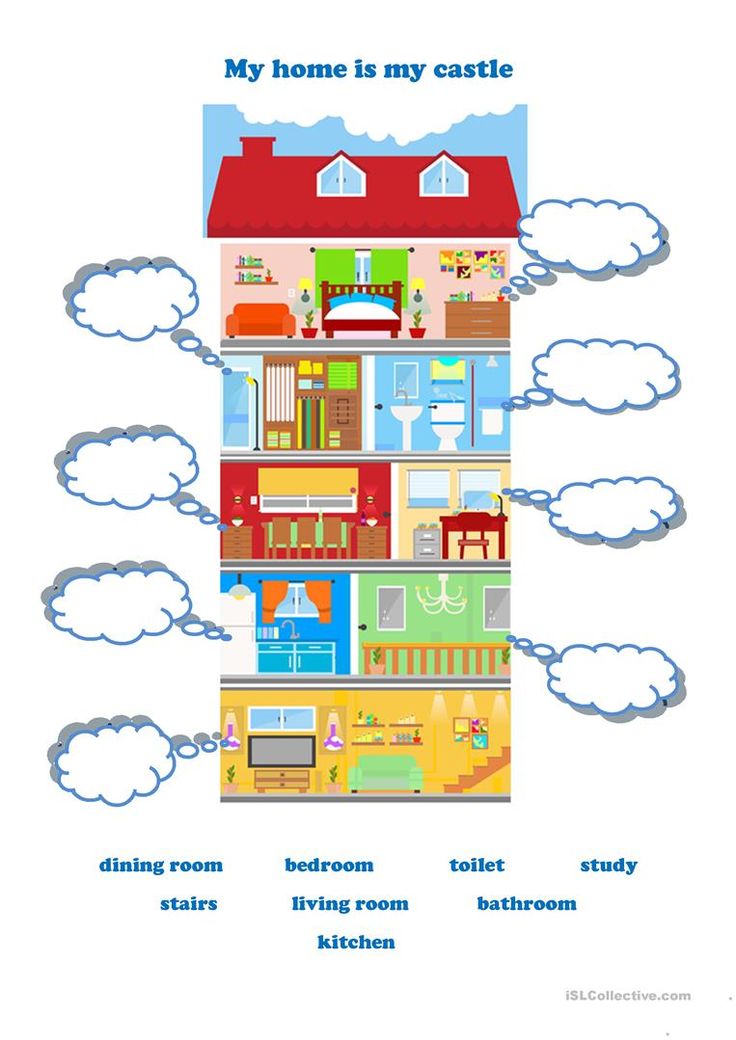 Or draw one. This way, even pre-writers can get involved. When they’re done, give them time to share what they created.
Or draw one. This way, even pre-writers can get involved. When they’re done, give them time to share what they created.
2. Have Family Writing Time
How often do you ask your child to do writing activities at home? If it’s something you struggle to make time for, having a regular Family Writing Time can help.
What’s Family Writing Time you ask? It’s a dedicated period of time each day that everyone in the family uses to work on quite literacy based activities.
I use this time to work on blog posts, social media content creation, or writing my book. While I’m busy working, the kids are:
- Writing stories
- Creating comic strips
- Drawing pictures
- Making a board game based on a favorite book
- Using toys to act out a story
- Stacking ABC blocks
- Flipping through board books
- And much, much more.
The possibilities are endless. The key is to let your child select a literacy activity that they enjoy.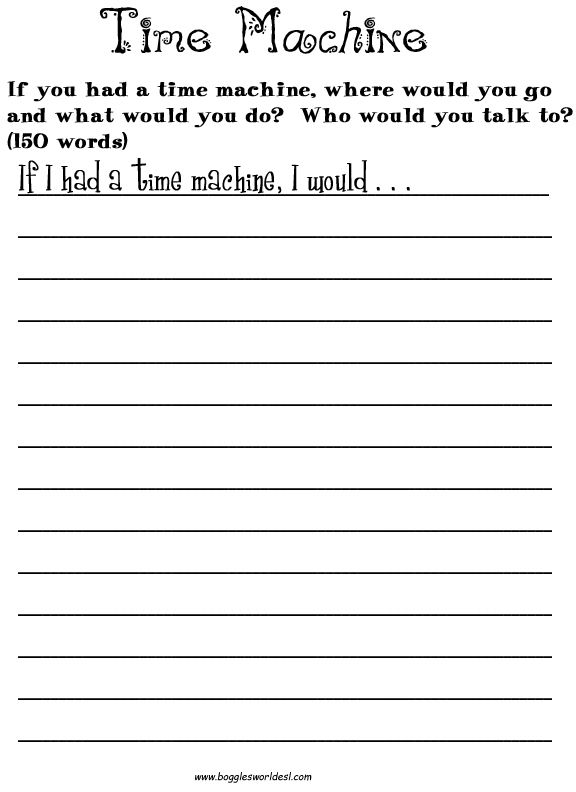 That way, they don’t mind working on it for a full thirty minutes.
That way, they don’t mind working on it for a full thirty minutes.
Then, when the time beeps, we all clean up. When the room is clean, we take turns sharing our creations. This keeps the kids motivated to actually work during this time – even my three year old wants to show off what he accomplished!
Want more information on Family Writing Time?
I wrote a book sharing all of the details. It includes several at home writing activities your kids can do during this time. You’ll also find tips for getting started and troubleshooting help if you are having a hard time getting your Family Writing Time up and running. Grab your copy here:
3. Go on a Word Search
When you see this idea in my list of writing activities to do at home, you might be thinking about one of those papers where you have to circle the words in a list. And while those are a lot of fun (and also a good idea for a writing activity to do at home), that’s not what this one is.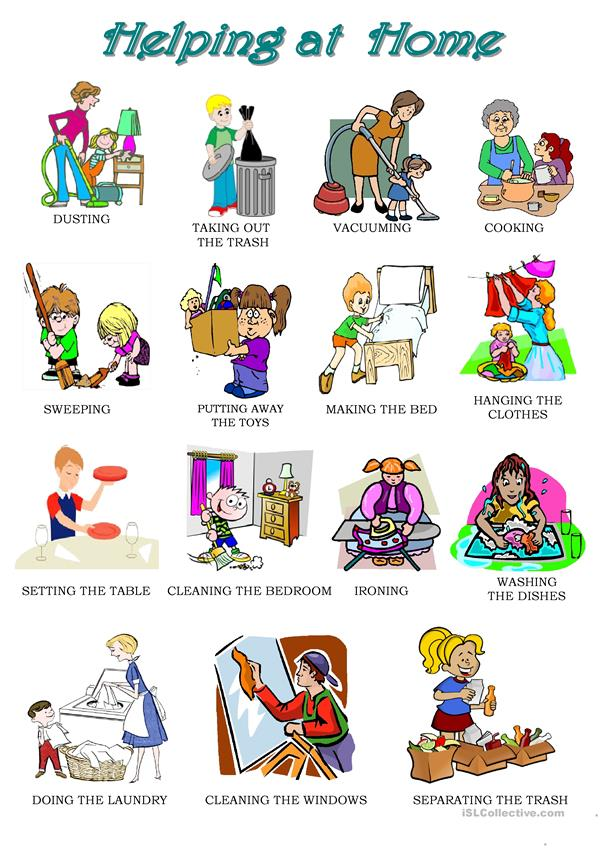
Instead, it’s an active activity. You give your child a piece of paper and a pencil. And then you send them around the house looking for words.
For young readers and writers, have them copy down any words they can read. They might find their name written on their backpack tag, or see the word the on a magazine. Challenge them to find 10 words and write them down.
Then they can read them to you.
Older kids need more of a challenge. Have them look around the house and find things that fit these categories. Then they can write them down:
- 10 verbs
- 5 adjectives
- 10 nouns
Maybe they look out the window and see a bird flying. Flying is a verb and can go on that list. Then they look around the kitchen and see a green fridge. Green is an adjective so it can go on that list. And so on. Kids are at different levels, so adjust the challenge to meet your child where they are.
You can even give them a reward when they finish, such as an extra ten minutes of screen time, or the ability to stay up ten extra minutes past bedtime.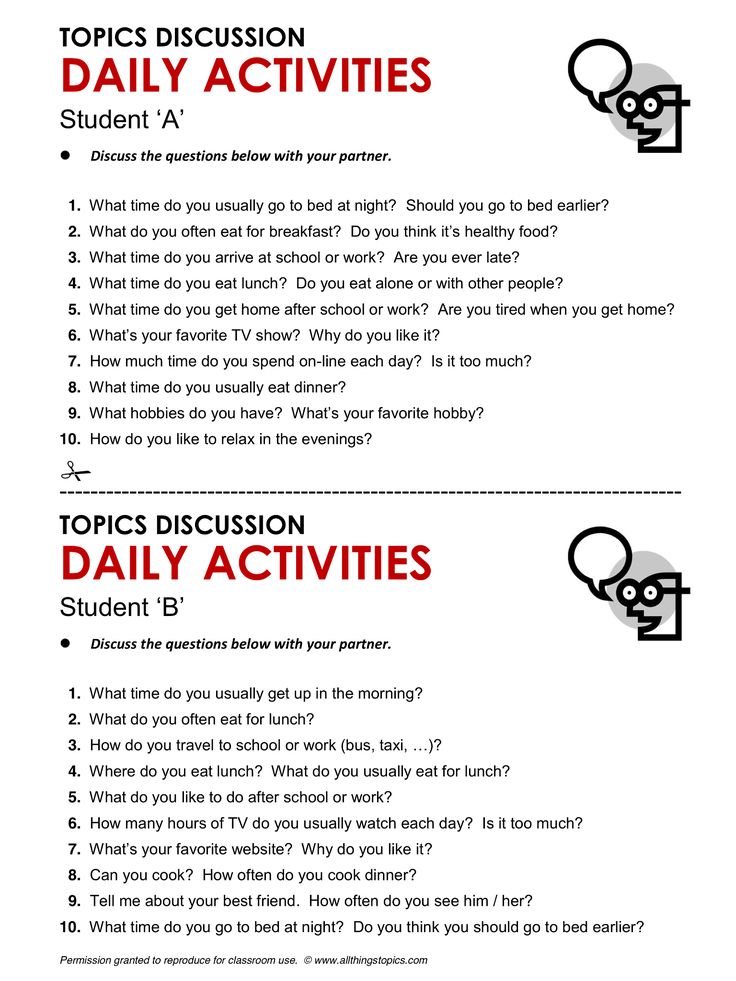
Here are even more word search ideas:
- A word for every letter of the alphabet
- As many jobs as they can think of
- The names of everyone on the pictures in the photo album
- All of the states they’ve been to (you can provide a map to make it easier to spell them)
- The names of all their stuffed animals
Look around you for ideas. The goal is to make writing a regular activity in your home. This is a simple way to do that.
4. Copy a Style
When I was in grade school, I went to a Writing Rally at a local college several years in a row. During these events, a famous author read their work, and then the kids broke into small classes to create a book in that style.
While you might not be able to bring in an author (though with YouTube you can probably find a video of the author reading a specific book…), you can still do this activity at home.
The process is simple. Pick an author and read a book that really embodies their style.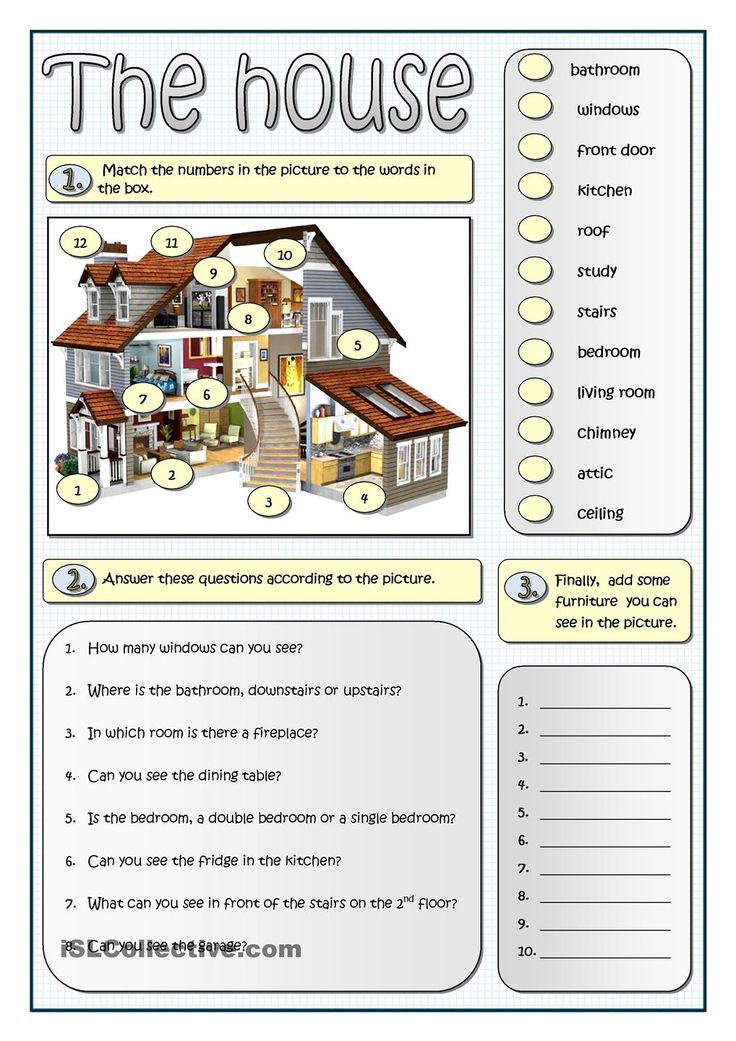 Then, talk about the book together. Look at the elements that make it unique compared to different books.
Then, talk about the book together. Look at the elements that make it unique compared to different books.
Then give your child blank paper, pencils, and illustrating supplies and ask them to make a book of their own, inspired by the book you read.
These are the books that my kids have enjoyed copying the style of:
- Don’t Let the Pigeon Drive the Bus by Mo Willems
- If You Give a Mouse a Cookie by Laura Numeroff
- Thomas’s Snowsuit by Robert Munsch
- The Very Hungry Caterpillar by Eric Carle
These aren’t the only books you can use for inspiration. Pick one of your child’s favorites as a starting point. Then after you read, sit back and let them do the creation. Don’t worry too much at this point about spelling or grammar or anything else. Instead, just let them write.
When they’re done, have them read their book to you and show you the pictures.
Looking for gift ideas for the young writers in your life? Check out my list of 25 Gifts for Kids to Inspire a Love of Writing.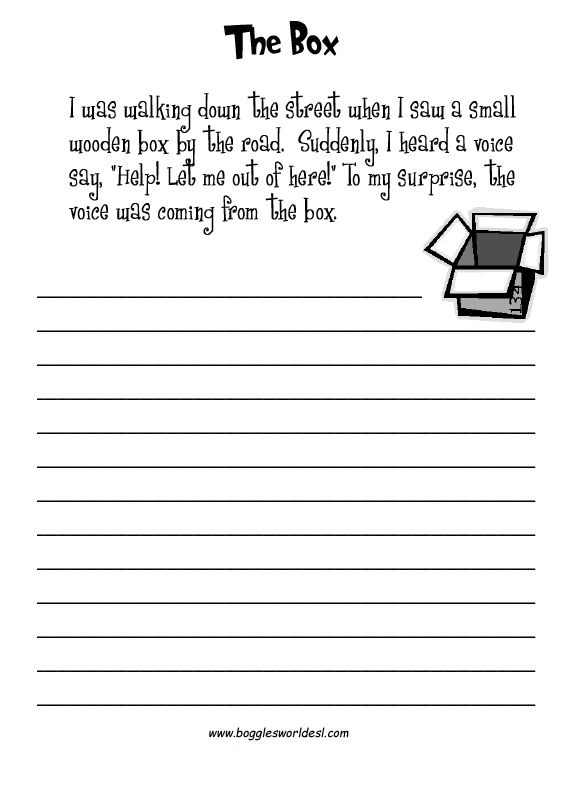
5. Make an Alphabet Book
Have your child pick a topic, and then create their own ABC book for that topic. They can do a page for each letter, and add illustrations. When they’re finished, they can share it with a younger sibling, cousin, or friend. Or you can keep it on the bookshelf and pull out to read again later.
Here are some topic ideas that work well:
- Places and people in your state
- Foods
- Animals
- Bible verses
- Vehicles
You can break this writing activity into three parts. First, your child can brainstorm what items to include in each one. Then, they can make the book and get the writing done. Finally, they can add their illustrations.
6. Make a Gaming Journal
Does your child enjoy playing Minecraft or Stardew Valley, or any similar game with a day/night cycle? If yes, you can challenge them to create a gaming journal.
Have them start a new game. Then at the end of each day on the game they can hit pause and write down a few things that they did that day.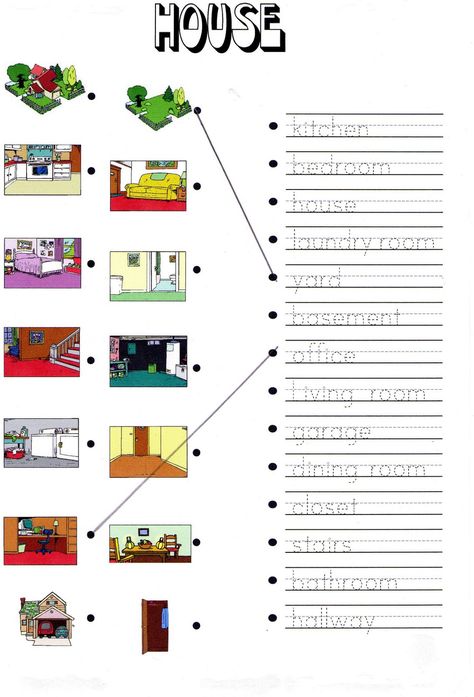 They can keep track of:
They can keep track of:
- Items they gathered
- Activities they completed
- Scores they earned (if applicable)
Your child can play a couple of days each day, and add to their journal. If they’re typing it, they can even add screenshots documenting their accomplishments.
Then at the end of 100 days of in-game play (or another number that you agree on), they can go back and review the progress they’ve made.
This is a good transition to journaling about real life. Being able to document the progress in a game can help kids see the value in keeping track of what’s been done.
If your child enjoys this activity, ask if they’d like to start journaling about their own life. You two can even start a habit of journaling together before bed. It’s a good way to decompress and let your brain start to relax after a busy day.
7. Write a Tutorial
What does your child know how to do very well? Ask them to write a tutorial, teaching you (or another child) how to do it.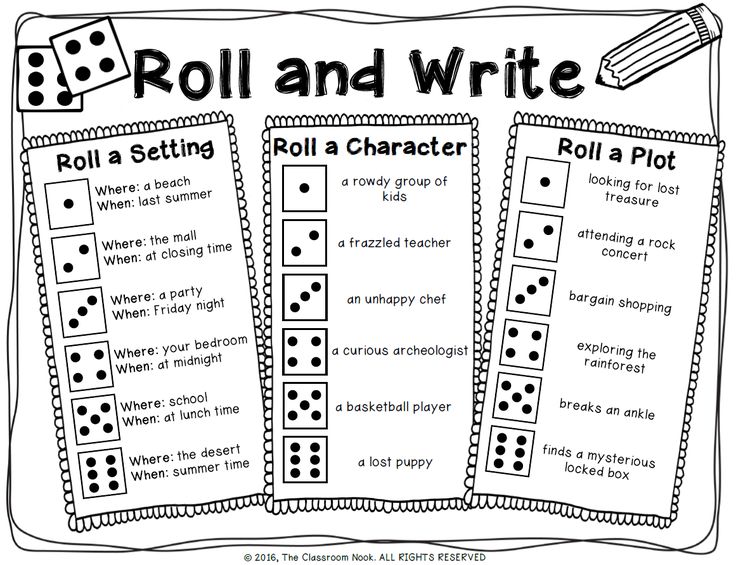
This type of writing is different than creative writing, and it’s an important skill. Being able to explain things in writing can help your child share their ideas clearly.
You can have them brainstorm tutorials to write. Here are a few ideas for a starting point. How to:
- Create a specific hairstyle
- Cook a favorite dish
- Knit a simple dishcloth
- Build a redstone sorter in Minecraft
- Draw a penguin
- Beat a hard level in Mario
Anything that your child can do, they can teach to someone else. Once they have their topic, here are a few things they can do.
- Make a picture based step-by-step guide
- Write a simple set of directions
- Create a script and record a video demonstrating the skill
Since this type of writing is different, your child may struggle with it at first. Encourage them to think through the activity carefully. Ask them to do it, but to think about every step as they do.
What do they do first? What happens next? This type of writing is a great way to practice transition words and getting things in order.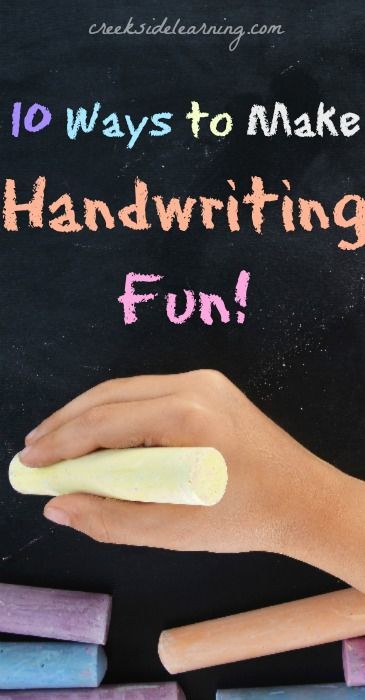
8. Make Up a New Game
Games are such a fun way to learn! You can try one of these writing games for kids:
10 of the Best Writing Board Games for Kids
But, it’s even more fun for kids to make up their own game. Have them brainstorm ideas. Then once they pick one, they can create their own:
- Board (a piece of cardboard cut from a box works well)
- Cards (we like index cards for this – they may need cut in half or quarters depending on the size you want)
- Playing pieces (get creative. Hatchimals are one of our favorite toy to use as game pieces. Marbles, coins, and paper markers also work.)
- Rules (no fair making them up as you’re playing. Have your child write them down beforehand.)
This project will likely take several days. But once it’s done, you’ll be able to play their game with them. Make sure you read the rules first and ask questions about game play. This can help your child sharpen their skills even more.
A Simpler Version of This Writing Activity to Do at Home
If you’re looking for a quicker version of this writing activity to do at home, you can have your child go gather three random objects.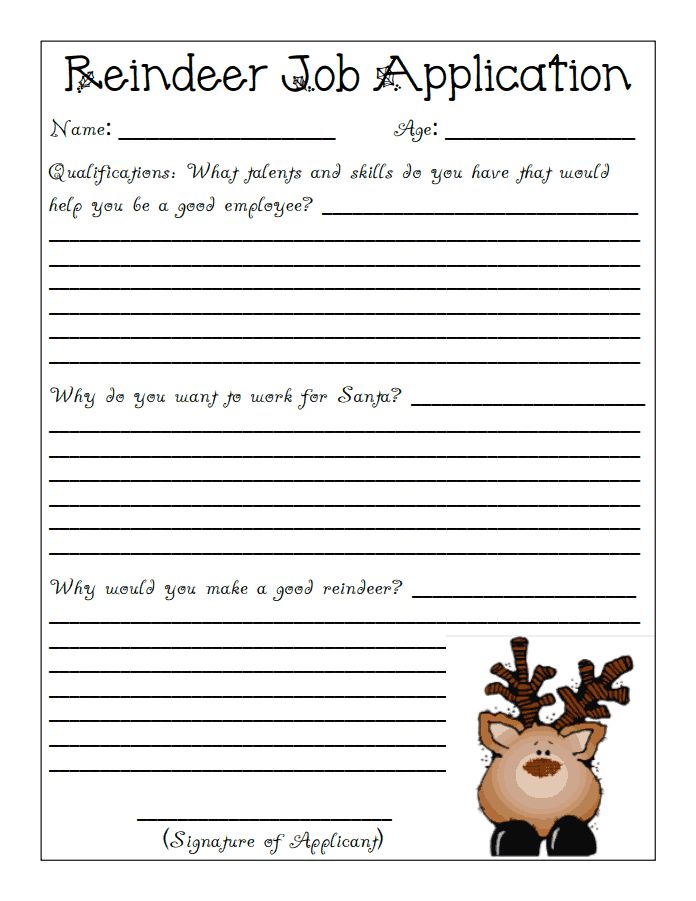 Then, you can ask them to create a challenge with those items.
Then, you can ask them to create a challenge with those items.
Maybe they bring a pillow, a spoon, and a LEGO mini-figure. Their challenge could be, you have to put the pillow at one end of the room. Then you have to start at the other end with the mini-fig in the spoon.
To win, you have to walk across the room balancing the spoon carefully, until you reach the pillow. Then you have to carefully drop the mini-figure onto the pillow. If you drop it, you have to start over.
But, before you play, ask your child to write down the rules to their activity. It’s a fun way to encourage writing.
9. Write an Epic Crossover Story
What are some of your child’s favorite cartoon characters or video game worlds? What would happen if a couple of those collided?
Fan fiction is a fun way for kids to practice their writing. Ask them to create their own awesome adventure starring all of their favorite characters.
Perhaps…
- The My Little Ponies end up in Adventure Bay and have to work with the Paw Patrol to save the day.
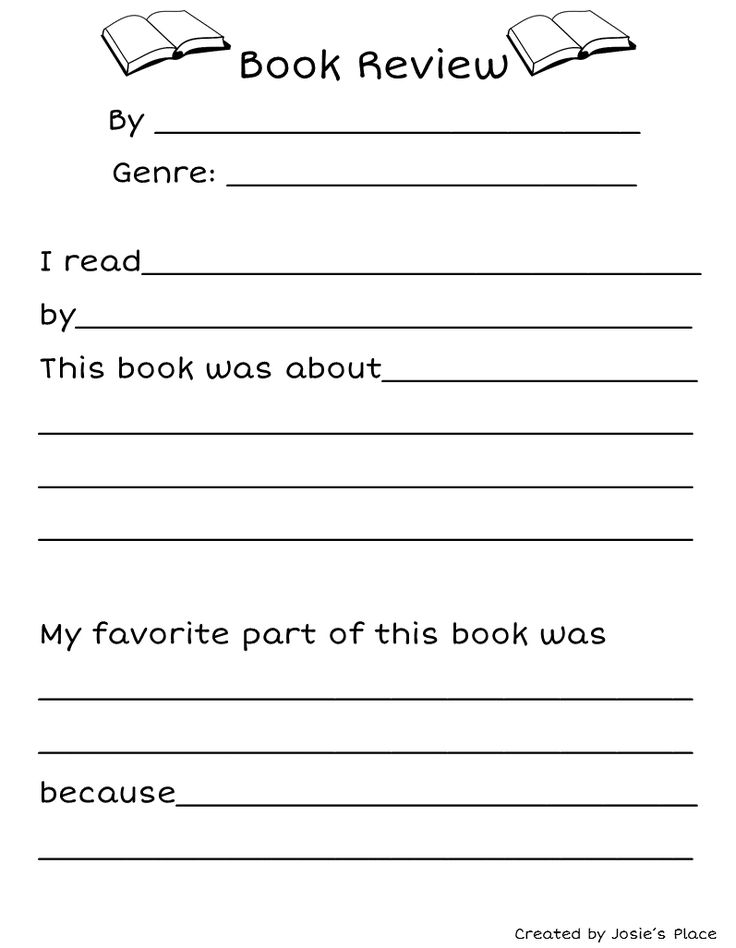 The ponies could have their own cool vehicles like the pups. (Want more My Little Pony activities? Read this post!)
The ponies could have their own cool vehicles like the pups. (Want more My Little Pony activities? Read this post!) - Mario could get sucked into Minecraft, and have to try to rescue Princess Peach in survival mode. And all of the mobs have taken on a new Koopa look.
- The Rescue Bots could find themselves working with Batman to defeat a bad guy. And yes, I know that Batman works alone…but sometimes even he needs a little help.
While writing about other people’s characters and story lines may not seem important to you, it can really help encourage your kids to write. You see, when they’re writing about familiar things, they don’t have to do as much thinking about the details. They already know those things.
Instead, they can really focus on the plot and building the storyline.
And these skills 100% transfer to their ability to write about their own characters and worlds later in life.
Pick a Writing Activity to Do at Home Today!
Which of these at home writing activities are you going to have your child do first? Pick one today and help them improve their writing skills.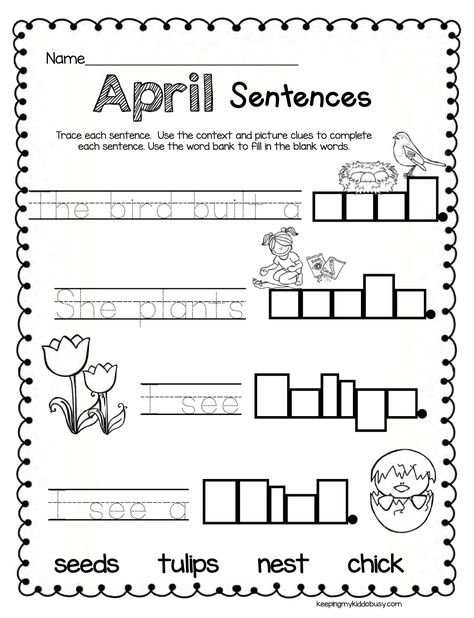
And for even more writing fun to try at home, make sure you pick up your own copy of my ebook The Ultimate Guide to a Successful Family Writing Time. Grab the ebook here.
Author profile
Lisa
Website
Lisa Tanner loves helping busy moms find time to grow their own business. As a homeschooling mom to nine, she knows a thing or two about balancing diapers and deadlines.
How Parents Can Help with Writing at Home — TeachWriting.org
As an educator, I am often asked by parents how they can encourage their children to write at home. I love to provide parents with easy writing ideas and activities to keep their children writing. I firmly believe that just as reading at home helps to strengthen young reader’s skills, writing at home helps to strengthen young writer’s skills. We expect students to read every day, and we should expect them to write every day, too.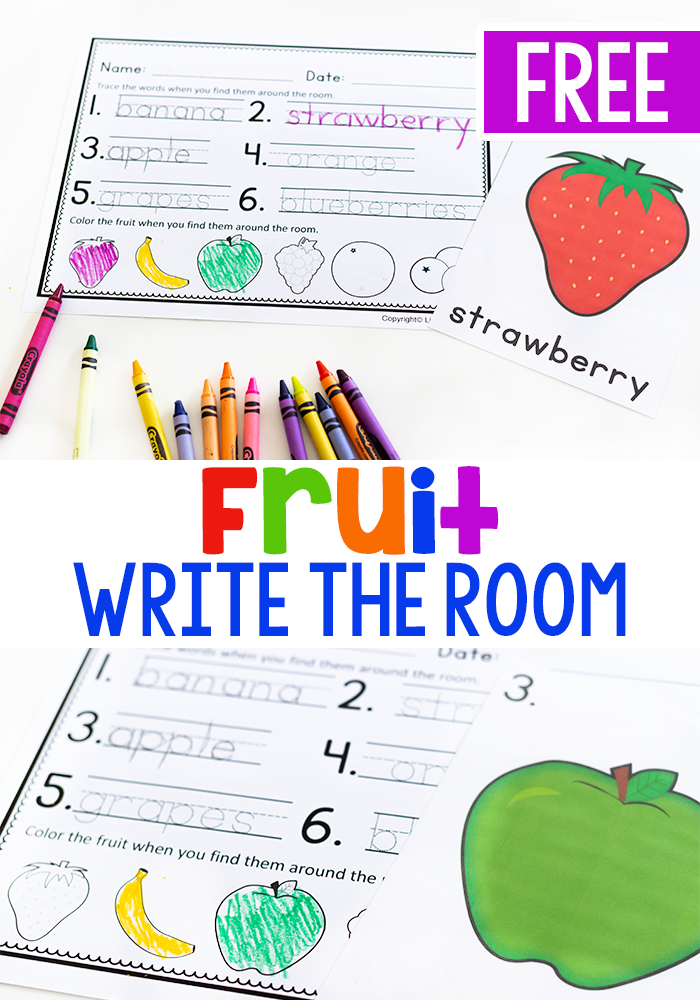
Encouraging students to write at home is no easy task. Encouraging reluctant writers to write at home is even harder. These easy to implement and screen-free writing activities will help your students and children write at home and look forward to it, too!
These ideas are perfect for:
at home and distant learning
summer writing practice
enrichment or extra practice for students of all levels
or anytime!
Below is my go-to, tried and true at home writing activities that kids love and will actually do! All you will need to implement these writing ideas at home are paper or notebooks, a pencil, and a few common household items. Read more about each idea below and grab a FREE printout list of these activities HERE.
Create a Writer’s Space
Children thrive with structure, if possible, create a fun space for kids to write at home.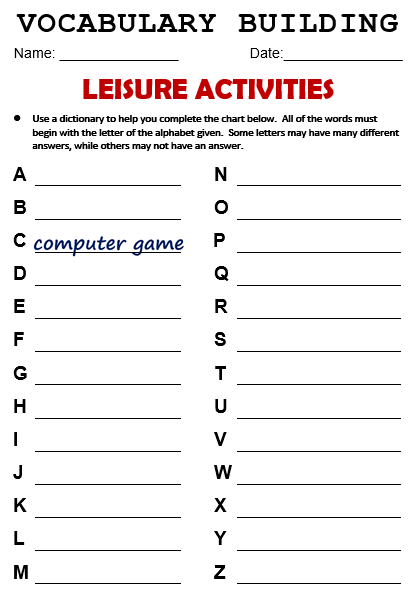 This can be a corner in their room, a desk, table, anyplace that they can go to and know it is time to write! Don’t have a space to use? Grab an old shoebox and fill it with writing tools your children will need like paper, a notebook, pencils, and crayons. Now they have a portable writing desk that allows them to write anywhere!
This can be a corner in their room, a desk, table, anyplace that they can go to and know it is time to write! Don’t have a space to use? Grab an old shoebox and fill it with writing tools your children will need like paper, a notebook, pencils, and crayons. Now they have a portable writing desk that allows them to write anywhere!
Make Bulleted List
Have kids keep a list of all the different activities that they do each day at home in a journal or notebook. Simply put the date at the top of the list and have kids create the list. Some activities may be everyday tasks, like made my bed, while others may be more exciting like, went on a nature walk. No matter the task, have kids record them all. This simple activity not only helps kids to write each day but by creating this list, they are actually creating a brainstormed list of “seed” ideas that they can later turn into narrative writing pieces. If you have students complete this during a school break or summer vacation, be sure they bring this notebook back to school so they can use these ideas and expand upon them.
Descriptive Web
Have students select any household item and create a descriptive web in their writing notebook. To do this, they simply write the word of the item they are describing in a circle and create a web of descriptive phrases about it using their five senses. You could also give more specific directions about what to write about such as a special toy, a piece of fruit, or something that fits in your hand.
Figurative Language Around the House
One writing skill that students love to practice is using figurative language. I don’t know what it is, but kids love to write similes and metaphors, pack a sentence full of alliteration, and write using personification and exaggeration. Have children find an object in their home and write about it using figurative language. They can simply write a sentence with one form of figurative language or a paragraph with several.
Write about Reading
Since students are expected to read every day, why not have them write about what they read.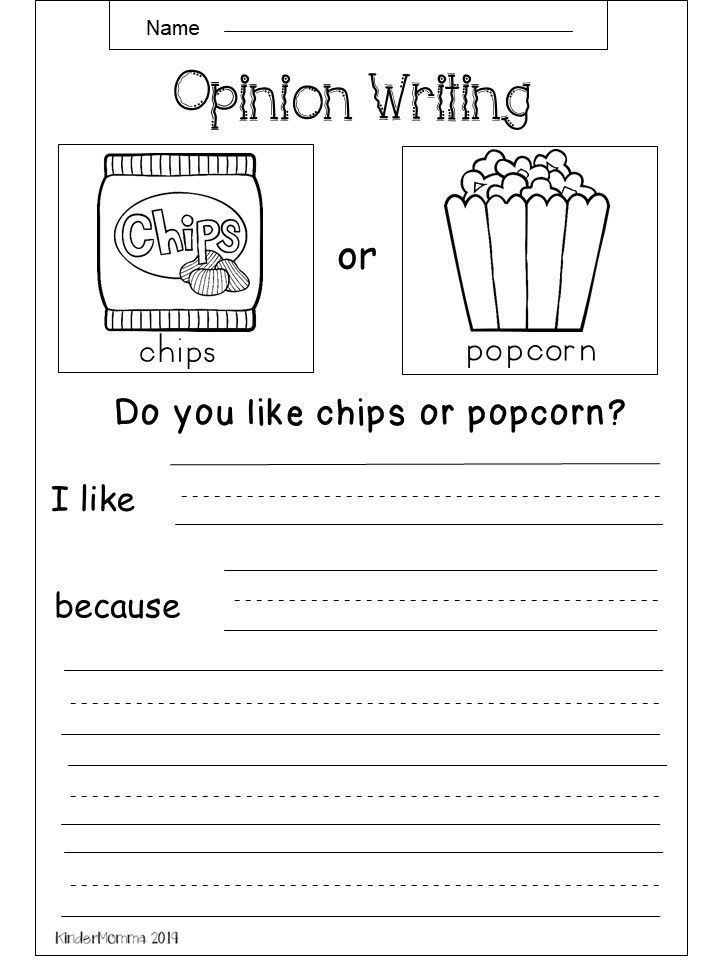 This does not have to be a long task at all! Keep it simple and have kids write a sentence or two that summarizes their reading, something that they learned, or a prediction that they have. Just a quick response to practice writing at home each day.
This does not have to be a long task at all! Keep it simple and have kids write a sentence or two that summarizes their reading, something that they learned, or a prediction that they have. Just a quick response to practice writing at home each day.
Daily Journal
I love having students write in their journals each morning. While sometimes there is a basic prompt such as, write about your favorite food or something you did over the weekend, I usually let students free-write. This is an easy activity for children to do at home, too. There is no right or wrong way to write in a journal, so just let them be creative.
Tip: If you find your child is stuck and does not know what to write about, give them three minutes to draw a picture in their journal and then have them write about their drawing.
Create an Instruction Manual
Have children keep a procedural writing journal of all the things that they did while they were home over break.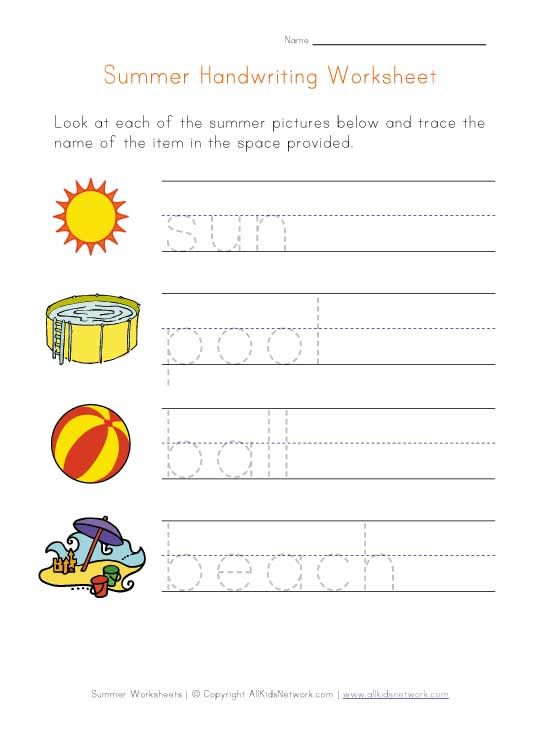 They will not only be practicing how to writing skills, but they will never be stuck for an idea. They can write directions for ANY TASK they did that day including making a bed, brushing their teeth, washing dishes, building a lego set, reading a book, really anything! To motivate children to write, have them create a comic book style illustrations to match. If students complete this activity while on break from school. encourage them to bring in their writing when school begins again and “teach” their peers how to do something they are good at! Since this a writing project, it will take several days to complete.
They will not only be practicing how to writing skills, but they will never be stuck for an idea. They can write directions for ANY TASK they did that day including making a bed, brushing their teeth, washing dishes, building a lego set, reading a book, really anything! To motivate children to write, have them create a comic book style illustrations to match. If students complete this activity while on break from school. encourage them to bring in their writing when school begins again and “teach” their peers how to do something they are good at! Since this a writing project, it will take several days to complete.
A Picture is Worth 1000 Words
This one is simple! Grab any photo, even a digital one saved on a phone or tablet and have the kids write about it. They can write about what happened that day, a descriptive piece about the setting, or even a short story. Kids love using pictures to write, so why not use ones that they know a lot about already to get them writing?
Juicy Word Journal
In my classroom, we call out of the ordinary words “juicy words. ” This could be a descriptive adjective, a new word that they found in a chapter book or a very scientific vocabulary word they learned during science class! Simply have kids record the word and its meaning in a journal and before long they will have a dictionary of new words that they not only love but will actually use in their own writing.
” This could be a descriptive adjective, a new word that they found in a chapter book or a very scientific vocabulary word they learned during science class! Simply have kids record the word and its meaning in a journal and before long they will have a dictionary of new words that they not only love but will actually use in their own writing.
Be the Parent for the Day
Let the kids pretend to be the adults for the day, at least when it comes to writing. When and why do parents need to write each day? Maybe you have to write a grocery list, a recipe, or an email. Let the kids help or do all the writing that is needed that day. There is nothing better than using parent role models to encourage writing at home.
Don’t Forget the Other Genres
Writing is so much more than a narrative or essay! Encourage your child to think about something that they love and write a poem or song lyrics about it. They can also complete writing activities with a purpose like writing a friendly letter or note to a friend or family member, or an email to a company requesting information or asking a question.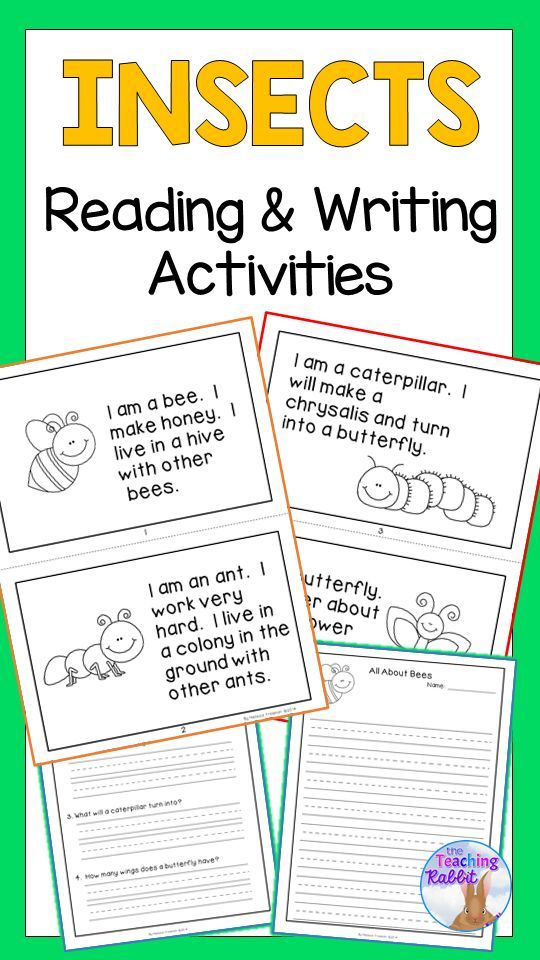 Any form of writing is great writing practice!
Any form of writing is great writing practice!
Writing at home helps writers grow! Be sure to download these ideas for FREE here to encourage your students to write at home or to use it as an at-home writing assignment. Students will be engaged and since these activities require no screens or printables, all students can complete tasks.
You might be interested in reading:Step-by-Step: Tackling the Writing Process
How to Use Writing to Build a Classroom Community
6 Must-Have Tools To Keep In Your Writing Center
Looking for a more structured approach to at-home writing that can be used with Google Classroom? You might be interested in this featured writing project that includes PDF printouts and digital components.
Love these ideas? Pin for later!
8 writing workshops for children and teenagers - Afisha
Writing skills and book illustration at the State Literary Museum
vk.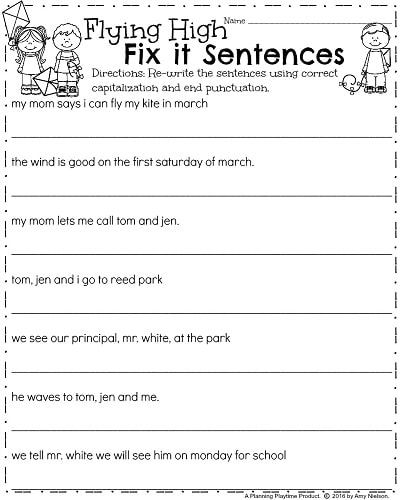 com/goslitmuz
com/goslitmuz
The Literary Museum opens two writing workshops for teenagers and one more for book illustration. The workshop "The Way of Your Hero" is led by the writer Yulia Kuznetsova, author of the stories "First Job", "Where's Dad?" and about two dozen other books. Daria Dotsuk, author of the teenage bestseller The Voice, runs a short story workshop. And the artist Paula Plavinskaya, the author of illustrations for Fantastic Animals from Around the World, will teach you how to create an integral look of the book with pictures, cover and lettering. Graduates will receive a printed collection with their story or illustrations.
Location: Museum of the Silver Age, ave. Mira, 30
Age: 12-14 year olds
Cost: 8,000–10,000 rubles.
Website
Creative laboratory in the Starobinets workshop
vk.com/starobinetsworkshop
Anna Starobinets writes thrillers for adults and detective stories for children, and also teaches writing skills in the Literary Games format, so teenagers learn to write fantasy in her classes ( "Literary Magic") and detectives ("Literary Mafia").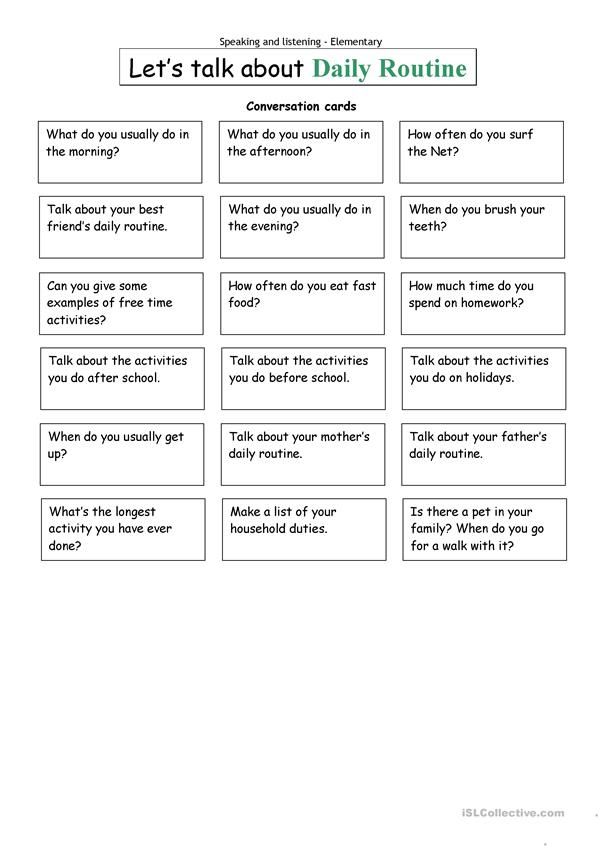 In her workshop there are also classes for novice screenwriters, essayists, playwrights, poets, and they are taught entirely by professionals - writer Irina Lukyanova, poet Andrei Rodionov, playwright Yuri Klavdiev, artist Ekaterina Gavrilova.
In her workshop there are also classes for novice screenwriters, essayists, playwrights, poets, and they are taught entirely by professionals - writer Irina Lukyanova, poet Andrei Rodionov, playwright Yuri Klavdiev, artist Ekaterina Gavrilova.
Location: Workshop two minutes from metro station "Sportivnaya"
Age: 9-15 years old
Cost: 15 000 rubles.
Website
Children's workshops CWS
litschool.pro
Creative Writing School has been promoted due to powerful adult programs and now runs parallel classes for children and teenagers. In the spring season of 2019, there are three masterful prose stories, one scripted and one more animated. In the program: tasks for the development of creativity and imagination, a lot of reading, talking and practical work with text.
Location: Russian State Children's Library, Kaluzhskaya sq., 1, bldg. 1
Age: 7-17 years old
Cost: 20,000–24,000 rubles. depending on workshop
Website
School of Writing “Writing on the Roof”
school.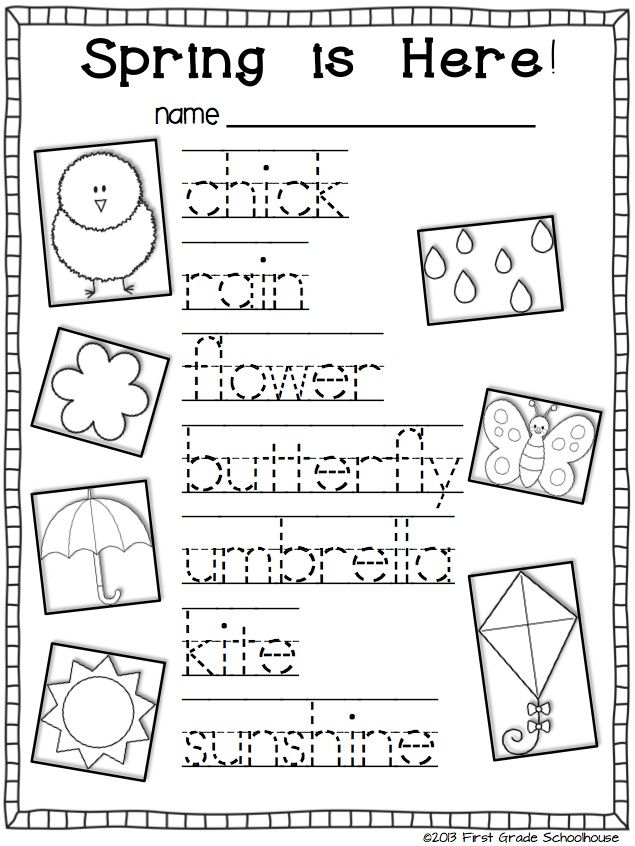 voplit.ru
voplit.ru
In April, the authoritative literary magazine Voprosy Literature opens a writing school for both adults and teenagers. Moreover, in addition to the usual master classes, there will also be lectures by philologists, writers and poets. So, in the first module, you will be able to listen to Maxim Krongauz and Dmitry Vodennikov. Another distinguishing feature is a flexible payment system (you can buy a ticket for one master class or for the entire module).
Location: Nirnsee House, B. Gnezdnikovsky per., 10)
Age: 13-18 years old
Cost: lecture — 500 rubles, subscription — 10,000 rubles.
Website
Book Workshop in Manege
facebook.com/manegekids
Book Workshop is a children's laboratory that includes writing, illustration, reading, discussion, meetings with invited experts. Classes are taught by specialists from different fields: prose teacher for children Varya Gladkaya, animator Elena Repetur and artist Svetlana Mishina.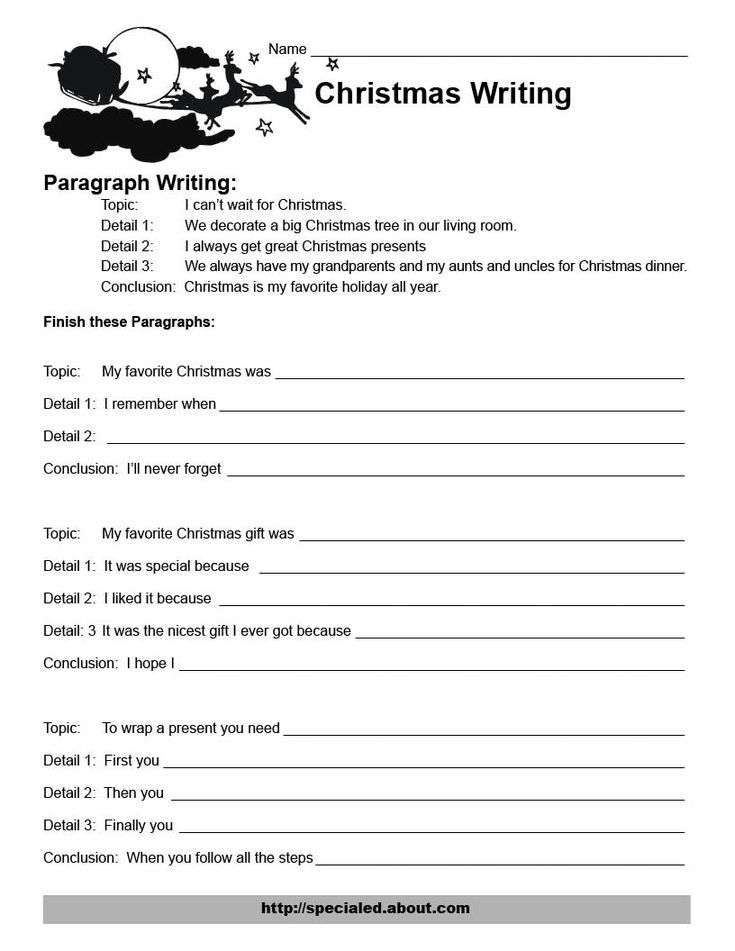 In this way, children get acquainted with all the processes of creating a book and prepare individual and group projects.
In this way, children get acquainted with all the processes of creating a book and prepare individual and group projects.
Location: Gostiny Dvor, Ilyinka, 4, room 271
Age: 7-14 years old
Cost: 1 lesson - 800 rubles.
Website
Avant-Garde Upgrade: Practical book
facebook.com/jewishwuseum
The Avant-Garde Upgrade course is taught by the creator of more than a hundred catalogs, albums, books, magazines Irina Tarkhanova. She will tell teenagers about the tricks of typography and printing art, teach them how to create a visual and material shell for text, so that at the end of the course they will print and bind the book themselves.
Location: Jewish Museum, Obraztsova 11, building 1a
Age: 12-17 years old
Cost: 1 lesson - 900 rubles, subscription - 10,000 rubles.
Website
Literary laboratory in Gaidarovka
vk.com/gaidarovka
The library has several literary workshops for teenagers, one of the first was the studio of the poet, translator and playwright Lev Yakovlev.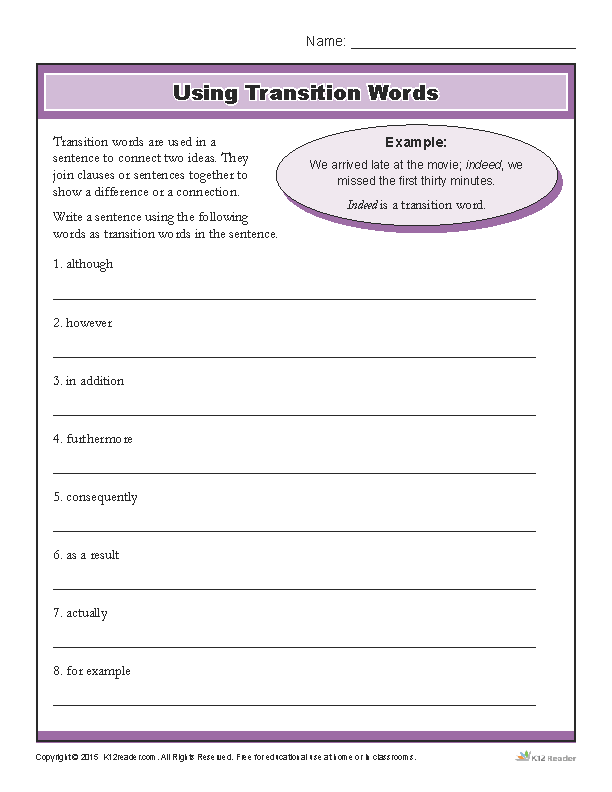 Now it is extremely difficult to get into his group, but there are places in parallel workshops - for example, science fiction writer Vitaly Kaplan.
Now it is extremely difficult to get into his group, but there are places in parallel workshops - for example, science fiction writer Vitaly Kaplan.
Location: Children's Library. Gaidar, Ruzheiny lane, 4
Age: 12-15 years old
Cost: 1 lesson - 1000 rubles.
Website
Young Writer's School on Vozdvizhenka
lychik-school.ru
Registration for the school opens in October, and the curriculum lasts a whole year. Pupils of the younger group read Mandelstam's children's poems, compose limericks and acrostics, paint landscapes through the eyes of different heroes - in general, they alternate creative activities with literary ones. And the members of the older group study different genres, get acquainted with Bakhtin's theory and even create a post-modernist text with the help of newspapers.
Location: Vozdvizhenka, 9
Age: 7-17 years old
Cost: 4000 r. per month
Website
6 exercises to develop writing skills
Publishing house "Alpina Publisher" 123007, Moscow, st.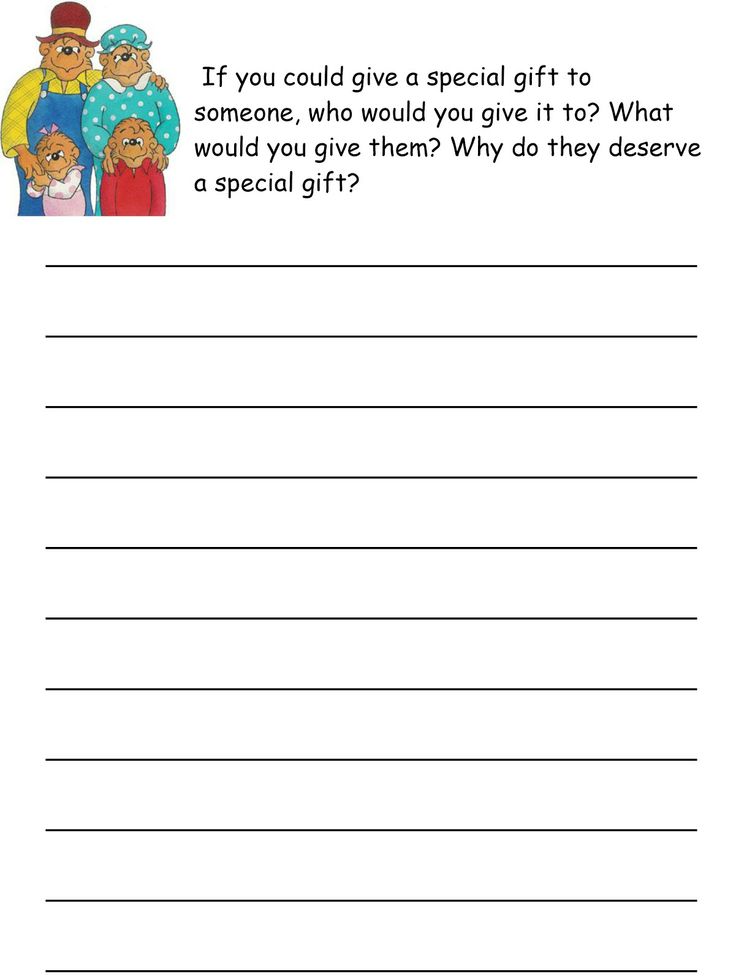 4th Magistralnaya, 5, building 1 +74951200704
4th Magistralnaya, 5, building 1 +74951200704
next article
November 25, 2020
5061 views
3 minutes to read
Contents
- Assignment from the channel "About me"
- Assignment from the channel "My business"
- Task from the channel "People"
- Task from the "Places" channel
- An exercise to practice writing techniques
- Vocabulary Enrichment Task
The volume of 320,000 characters that makes up an average book frightens me. When I wrote mine, I did not perceive the text as a routine for only one reason: I did not write a book - I wrote one note a day. And once a week I submitted a new chapter.
And once a week I submitted a new chapter.
I think you can build your writing skills like a muscle with a short daily practice of 15-30 minutes a day. The result can be text—a tweet, an Instagram post, a note, an excerpt from an upcoming book—and a growing sense of confidence.
The team of the “So It Was” course and I run five thematic telegram channels where we practice writing, and a channel with exercises to develop writing techniques. Here are a few assignments on various topics that will help you improve your writing skills today. Post your texts on Instagram with the hashtag #textday and tag me @radmila.
Task from the “About me” channel
Remember and write down any family ritual: something that you did together - sculpted dumplings, salted squash, dug a garden, went on vacation. What was your task? What do you remember the most? What rituals are you creating for your family today or will you create tomorrow?
Advice : In family texts, name the characters.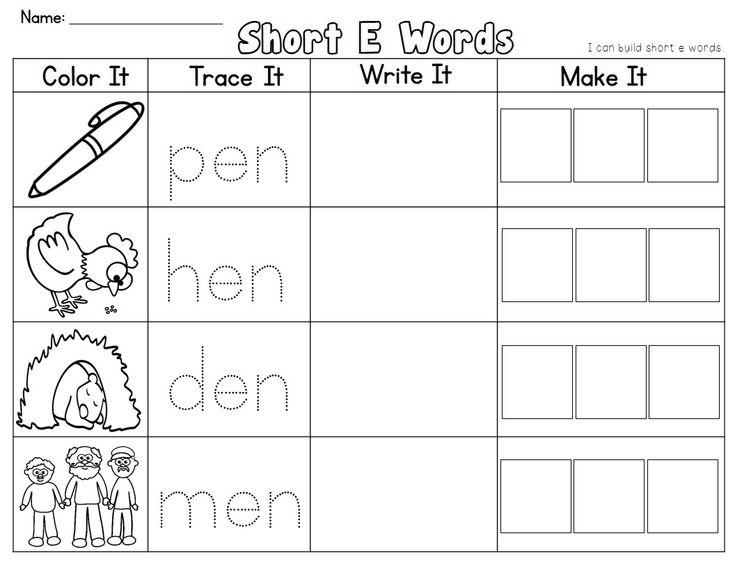 The best ones are the real ones. If for some reason this is not possible - let's fictitious. “One of my relatives” or “Aunt Alfina from Udmurtia” are two different images.
The best ones are the real ones. If for some reason this is not possible - let's fictitious. “One of my relatives” or “Aunt Alfina from Udmurtia” are two different images.
Task from the My Business channel
What did your last professional failure or failure teach you? Reflect on this case in the text.
Advice : the main thing in failures is the conclusion with which we come out of them. Use it as a constructive approach to the plot - your experience in this particular case may be useful to others.
Task from the People channel
When and from whom did you last feel real support? Describe this situation, why support was needed and how it was received.
Advice : never say something you don't know for sure. For example, when describing other people and the actions of other people, talk about your feelings, and not about the motives of the other.
Task from the Places channel
Tell us about an establishment, public space, or other space that you frequent.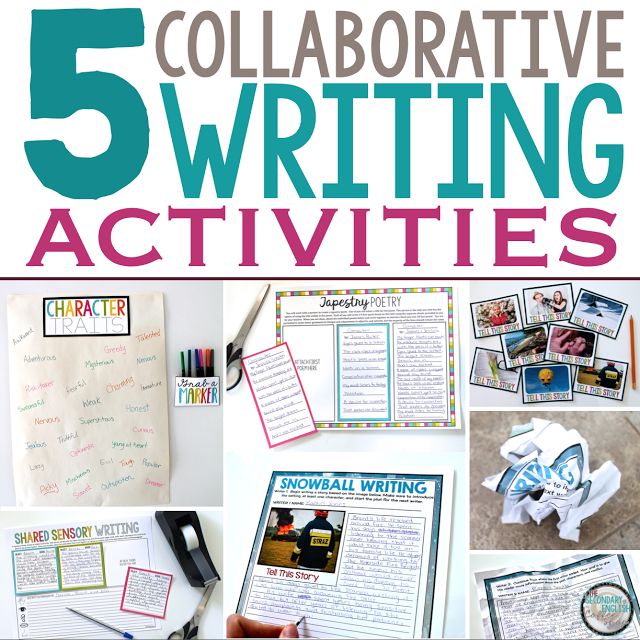
Tip : Describe the environment in terms of action. Not "comfortable chairs", but "twice I fell asleep, sitting on this sofa."
Writing Techniques Exercise
Take any (first, third, ninth) sentence from your last text. Say the same thing in a different way. Now one more time. Write the same thing ten different ways.
Advice : use a synonym dictionary and make sure that each new submission form really suits you, and is not formally different.
Vocabulary enrichment task
The only way to enrich vocabulary is to consume it:
- read books;
- listen to lectures and podcasts;
- read poetry;
- go to the theatre;
- translate;
- talk to people who are different from you - listen to people from a different circle, sphere, profession;
With the promo code RADMILA, there is a 10% discount on any books of the publisher until the end of 2020.